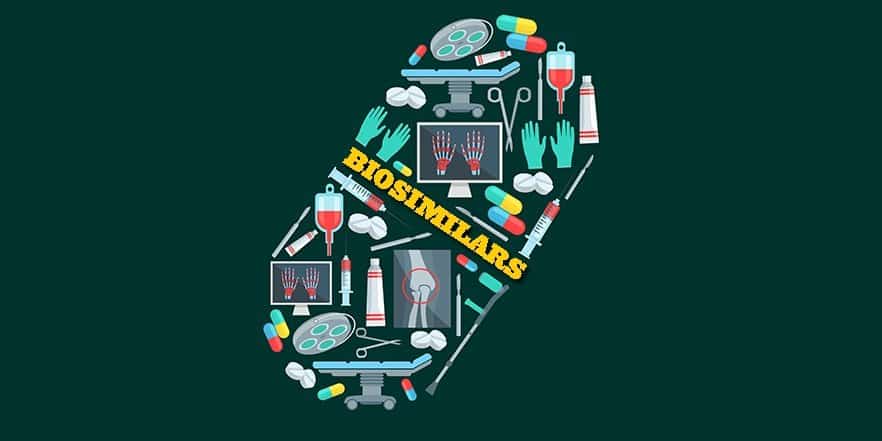Biosimilars Are Great, But How Easy Are They To Obtain?
The global biosimilars market is expected to reach $10.9 billion by 2021, according to the Biosimilars Global Forecast. Although biosimilar products represent a major opportunity for the pharmaceutical industry, compared to small molecule drugs, bringing these complex proteins to market can be a real challenge.
Of seven so-called biosimilar drugs the FDA has cleared since the first approval of one of the drugs in 2015, only three are available for sale. The rest are tied up in legal disputes that can block the cheaper versions for years.
Over the past few years, biosimilar research skyrocketed courtesy to the passage of the Affordable Care Act (ACA), which included a pathway for biosimilars to become FDA-approved in 2010. The goal was to provide patients access to cheaper versions of costly drugs made from living cells, which until the law, didn’t have a path for replicas.
But then getting the drug-copy to market isn’t just about getting them approved. Because of their complexity, biologic drugs can have more than 100 patents — which can be used to fend off competition.
As we go exploring the various challenges associated with this situation with respect
to biosimilars, we come across a variety of them.Biologics manufacturers make frequent manufacturing changes to improve the manufacturing process and product stability, and also to increase scale. Such manufacturing changes can occur both during the development process and after regulatory approval, which can lead to batch-to batch variability.
Unlike small molecule generic medicines, automatic substitution at the pharmacy level without consulting the prescriber is not appropriate for biosimilar products unless the manufacturers can also demonstrate ‘interchangeability,’ a separate standard to ‘biosimilarity’ which requires additional data to achieve.
Naming and labelling must identify biological products as either biosimilar or interchangeable, as well as identify the source of clinical data to assure that specific adverse reactions are attributed to the correct biologic manufacturers and to enable optimal patient safety monitoring and prescribing. However, different naming and labelling conventions and standards including naming using international non-proprietary names (INNs) and brand names adopted by different countries and regions have caused a lot of confusion.
Patent disputes including patent litigation infringement between the owners of reference products and the biosimilar products may also arise. The subject matter of biologic product patents may include claims to molecules, nucleic acid sequences, amino acid sequences, antibodies as well as cell lines. The biosimilar products may not fall within the scope of a claim covering the reference product because the biosimilar compound may vary from the molecule or sequence claimed in the reference product patents, and structural differences often exist between a biosimilar and its reference product.
An instance of the situation is the FDA announcing the approval of Amgen Inc.’s version of the 13-year-old Avastin, it called the move “an important way to help spur competition that can lower health-care costs and increase access to important therapies.”
Yet Amgen has no planned launch date for the biosimilar copy of Avastin, which will be called Mvasi. It also hasn’t named a price.
Roche said it supports biosimilars, but wouldn’t comment on any potential legal disputes.
While drugmakers fight over the patents, patients will keep waiting.
“It is probably a strategy that drugmakers will continue to pursue,” said Cynthia Hardman, a partner who focuses on drug patent litigation at the law firm Goodwin Procter LLP. “These are lucrative products and drugmakers seem to be looking for every avenue they can exploit to protect them and this seems to an effective way, building a patent thicket around their products.”
In June, the FDA took steps to increase competition in the market, facilitating entry of lower-cost alternatives. The agency published a list of off-patent, off-exclusivity branded drugs without approved generics, and implemented for the first time, a new policy to expedite the review of generic drug applications where competition is limited.
It is now attempting to better familiarize doctors with biosimilars and considering changes to draft guidelines on how makers of biosimilar drugs can prove to the FDA that doctors can switch patients from 1 drug to another.
Thankfully, the organisation will be launching a public service campaign to educate physicians on the biosimilars process in the following months. So, all we can do is to wait and watch.






























